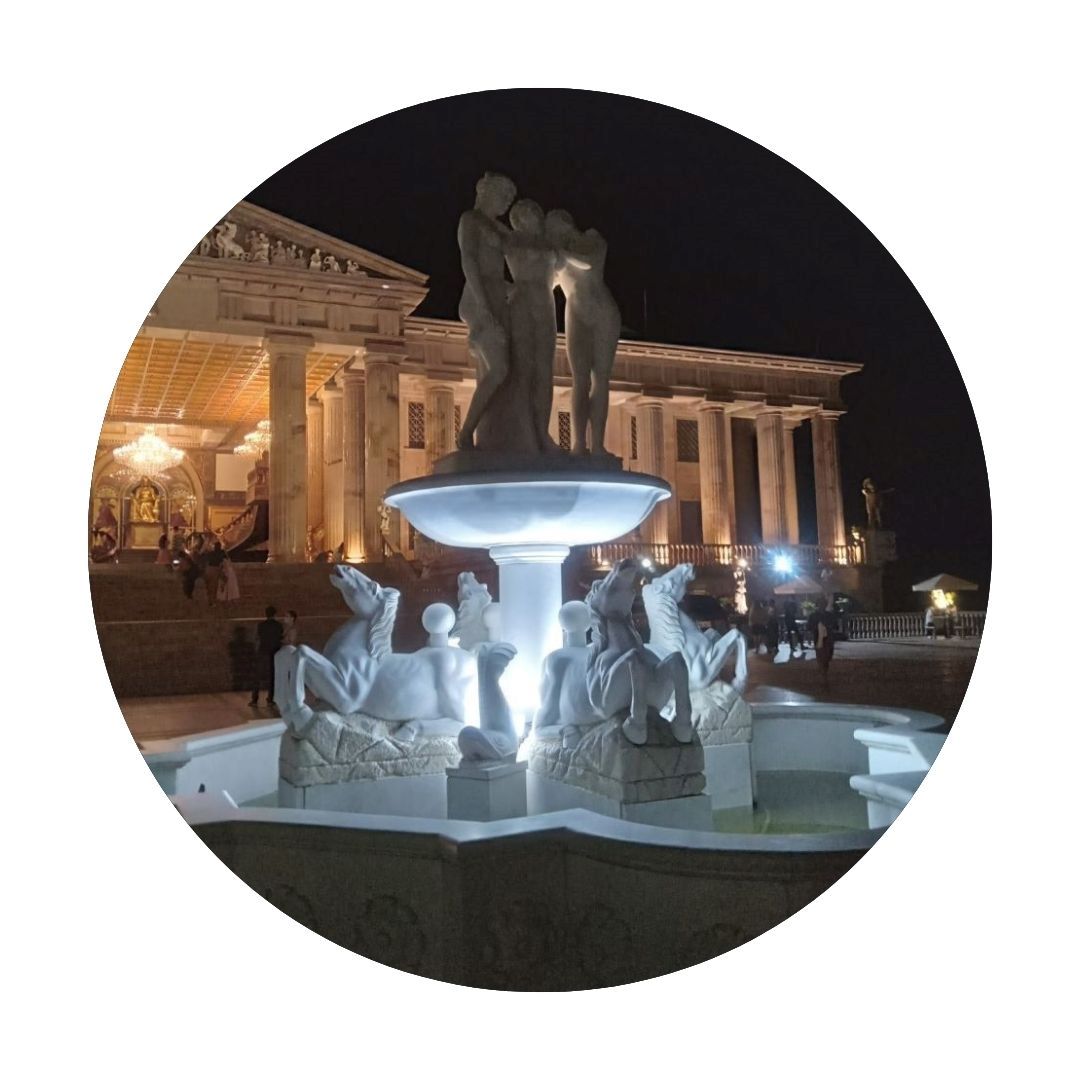TheLitPerspective is your one-stop shop for everything that ignites the spark of curiosity within you.

Introduction to Angelology: The Holy Servants of God

Photo by Min An
Are they not all ministering spirits sent forth to minister for them who shall be heirs of salvation?
– Hebrews 1:14
The average conception of an angel within the Christian mind is that of a winged being. An angel is an entity that bathes in divine light. They serve as messengers and protectors for the faithful.
Yet, beyond this basic idea is a rich and vast world drawn from centuries of scriptural, theological, and artistic interpretation. Beyond the image of an androgynous human with angels, there are many other angels out there.
The Holy Servants of God
While most Christians assume that angels organize themselves (they have to be to carry out the will of God), that is only scratching the surface. While the Bible itself offers only glimpses of it, there is actually a strict hierarchy that allows these heavenly figures to conduct their missions and more. Thankfully, through these brief showings, theologians have managed to propose various blueprints as to how angels lay out their celestial hierarchy.
Throughout the pages of the Bible, despite the lack of a clear system, specific angelic titles do appear, such as seraphim, cherubim, archangels, etc., each with their respective duties and appearances (although some claim that these are symbolic and open to interpretation).
Introduction to Angelology
Despite the lack of a definitive hierarchy of angels, early Christian theologians, particularly in the fifth and sixth centuries, sought to organize their understanding and comprehension of angels. Thus, angelology, the study of angels, arose.

Photo by Vladimir Srajber
One of the most influential models of angelology came from Pseudo-Dionysius the Areopagite, a writer whose works gained authority during the Middle Ages. His treatise, On the Celestial Hierarchy, outlined three spheres, levels of angelic groupings, each containing three orders of angels.
These spheres, moving from closest to God to farthest, were:
- First Sphere: Seraphim, Cherubim, Thrones
- Second Sphere: Dominions, Virtues, Powers
- Third Sphere: Principalities, Archangels, Angels
Introduction to Angelology: The Angelic Functions
Within this framework, each angelic order possessed distinct characteristics and functions:
First Sphere
Seraphim, the Burning Ones. These beings, closest to God, burn with divine love and are in constant praise of Him.
Cherubim, the Guardians. Often depicted with multiple wings and guarding the presence of God, they symbolize the majesty of God and His justice.
Thrones, the Divine Carriages. Few know of them, but they embody divine judgment and justice.
Second Sphere
Dominions, the Lordships. These angels oversee the activities of the lower orders and have the mandate of governing the created world.
Virtues. They are representations of the perfection and radiance of God’s character, upholding goodness and beauty in the cosmos.
Powers. These angels are powerful warriors who carry out God’s will and defend His faithful against evil.
Third Sphere
Principalities, the Rulers. They watch over nations, institutions, and earthly authorities.
Archangels, the Chief Messengers. These well-known figures, like Michael and Gabriel, are leaders and messengers of God, delivering divine pronouncements and carrying out significant tasks in the earthly world.
Angels. The most commonly referenced of God’s holy servants, they serve as messengers, protectors, and intermediaries between God and humanity.

Photo by Gavin Allanwood
Introduction to Angelology: The Aim of the Hierarchy
The concept of a hierarchy amongst God’s holy servants, the angels, serves several purposes. It provides a framework for understanding the diversity of angelic roles and functions, and it emphasizes the order and purpose within the heavenly realm.
Additionally, it highlights the majesty and power of God, who commands a vast host of celestial beings who follow His will to the letter without dissent.
Regardless of whether or not a hierarchical structure ultimately exists, a core aspect of Christian belief is that angels play a vital role in God’s plan. They worship and praise Him, carry out His purposes in the world, and interact with humanity.
The Future of Angelology
The angelic hierarchy within the framework of Christianity is a fascinating subject that is built from scripture, theological interpretations, and artistic expressions.
While details about its form and shape remain open to discussion, the core belief in angels as God’s messengers and servants offers comfort and inspiration to many Christians.
As humanity continues to grapple with the mysteries of the unseen realm, the concept of the angelic hierarchy will likely remain a source of exploration and contemplation.
If you want more detailed eyewitness experiences of hell, heaven, and more, Jacques LaFrance is a meticulous and dutiful recorder of these. CHECK HIS BOOKS OUT HERE!

Alex is a writer with two modes: simple and wild. He’s equally at home going either way. He always has something to say and something to offer, even if it’s only after a few minutes of furious googling. He loves reading and writing random stuff in his spare time.



